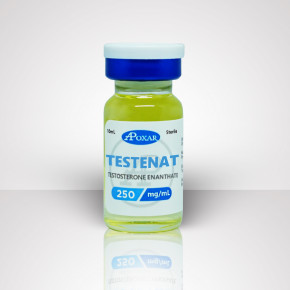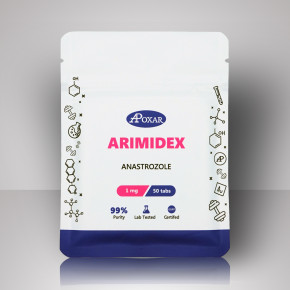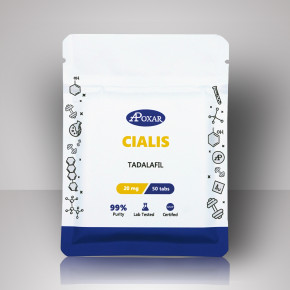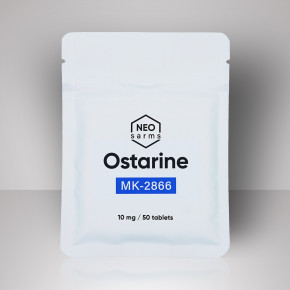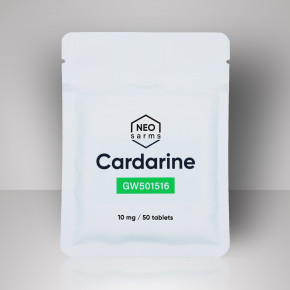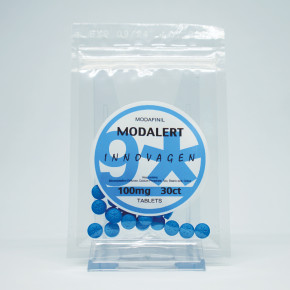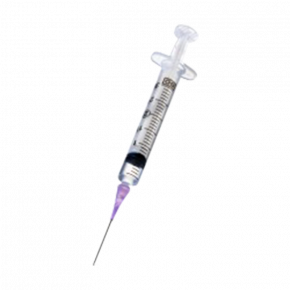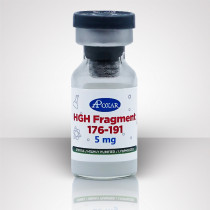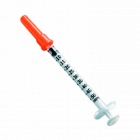 Proudly Serving Canadians Since 2012
Proudly Serving Canadians Since 2012What You Need to Know About Retatrutide
Retatrutide is a weight loss agent, and technically — a multireceptor agonist of the incretins. It acts as a glucagon-like peptide-1 receptor (GLP1R) agonist, a glucose-dependent insulinotropic polypeptide receptor (GIPR) agonist, and a glucagon receptor agonist.
These receptors are involved in controlling hunger and satiety, allowing you to feel satiated longer after a meal. Also, Retatrutide helps you to lower blood sugar levels.
If it sounds complicated, just keep in mind that it’s a weight loss compound that can be compared to the famous Ozempic in terms of effectiveness.
How Does Retatrutide Work
Apoxar Retatrutide is a triple receptor agonist for GIP, GLP-1, and glucagon pathways. This mechanism of action achieves not only blood sugar balance and appetite control but also increases energy expenditure via engagement of glucagon receptors.
With these combined effects, Retatrutide works towards helping you in achieving weight loss and metabolic improvements at a faster pace.
Retatrutide Effects and Benefits
The primary benefit is that Retatrutide employs GIP, GLP-1 and glucagon receptors from three fronts in a holistic approach to weight loss:
- Increased appetite suppression;
- Possible increase in energy use;
- Normalization of glucose levels;
- Increased lipolysis;
- Triple receptor pathway;
- Rapid weight reduction is possible;
- Possible improvement in cardio-metabolic markers;
- Once-a-week administration is probable;
- Decrease in excessive appetite.
Practically, that’s pretty much all that might be needed from a mild weight loss compound.
How to Take Retatrutide
- Reconstitute each 10 mg powder with bacteriostatic water as directed;
- Administer a single subcutaneous injection once every week;
Advice: start with lower doses (1 mg) and gradually increase over a period of weeks or months, reaching the desired dosage (dosage up to 10mg has been researched clinically).
Cycle Duration: typically, these peptides are used for sustained periods of time, often 2 or more, to align with the ongoing trials.
Watch out for side effects like nausea or hormonal balance fluctuations and monitor blood sugar levels closely.

